
AeroGenie — Votre copilote intelligent.
Tendances
Categories
China Opens New Wind Tunnel for Low-Altitude Aircraft Testing
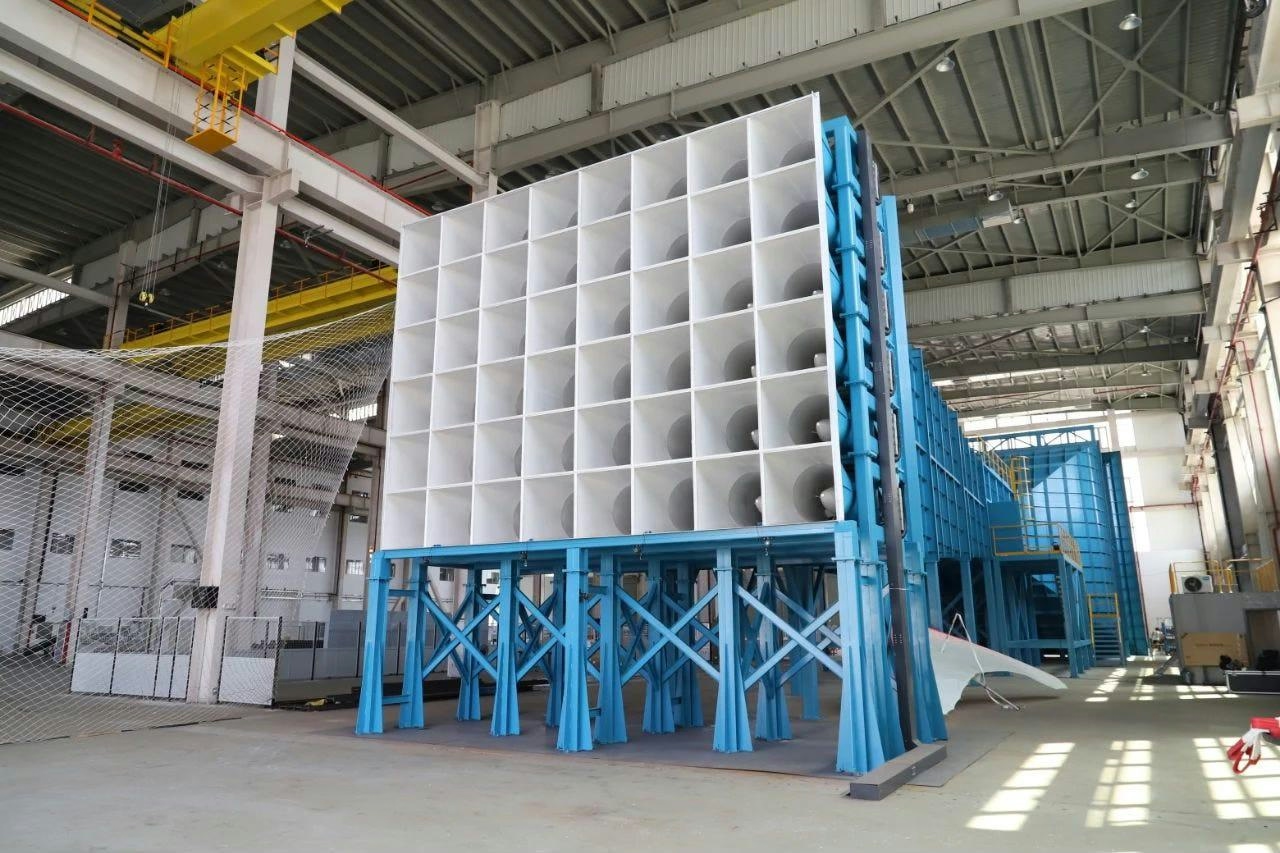
China Opens New Wind Tunnel for Low-Altitude Aircraft Testing
China has inaugurated its first 4.5-meter-class wind tunnel, a state-of-the-art facility dedicated to testing low-altitude aircraft, including drones, air taxis, and other emerging aerial vehicles. Situated in the Greater Bay Area, this new installation is expected to significantly accelerate the development of technologies vital to logistics, urban transportation, and surveillance—sectors where low-altitude flight is increasingly critical.
Advancing Aerospace Testing Capabilities
Wind tunnels are indispensable in aviation, providing engineers with a controlled environment to evaluate aircraft designs and assess aerodynamic factors such as wind resistance. Compared to outdoor test flights, wind tunnel testing offers a faster, safer, and more cost-effective alternative. The newly launched facility combines traditional wind tunnel technology with an innovative ‘windshaper’ system, allowing for rapid and precise testing cycles tailored to medium-sized drones and small crewed aircraft.
Previously, companies faced substantial delays when seeking access to wind tunnel testing, often waiting over a year for slots at the heavily booked Harbin wind tunnel, which is geographically distant from many of China’s aerospace hubs. Shang Zuming, director of the wind tunnel testing platform at the Greater Bay Area Research Academy (GARA), highlighted the improvement: “There were companies that waited for over a year for a testing slot in Harbin. Now, with the wind tunnel launched in the Greater Bay Area, the entire process for wind tunnel experiments, from coordination to testing, takes just three to four months.”
Industry Challenges and Global Implications
The launch of this facility occurs amid broader challenges within the aerospace sector. Industry leaders have underscored ongoing supply chain complexities that may hinder the availability of advanced materials and technologies essential for low-altitude aircraft testing. These constraints could slow the pace of new aircraft development and market introduction.
Market analysts observe that China’s intensified focus on aerospace innovation is likely to increase competition domestically, potentially triggering aggressive price-cutting strategies. Chinese authorities have recently addressed concerns about unhealthy competition, stressing the importance of sustainable growth as the nation advances in strategic sectors such as space exploration and renewable energy.
On the international stage, China’s progress is prompting responses from other countries. The United States and other competitors may seek to upgrade their own wind tunnel facilities to maintain technological parity, especially as China accelerates its capabilities in both civil and military aerospace domains.
As operations commence at the new wind tunnel, it is positioned not only to streamline domestic aircraft development but also to influence the global aerospace research landscape and competitive dynamics.
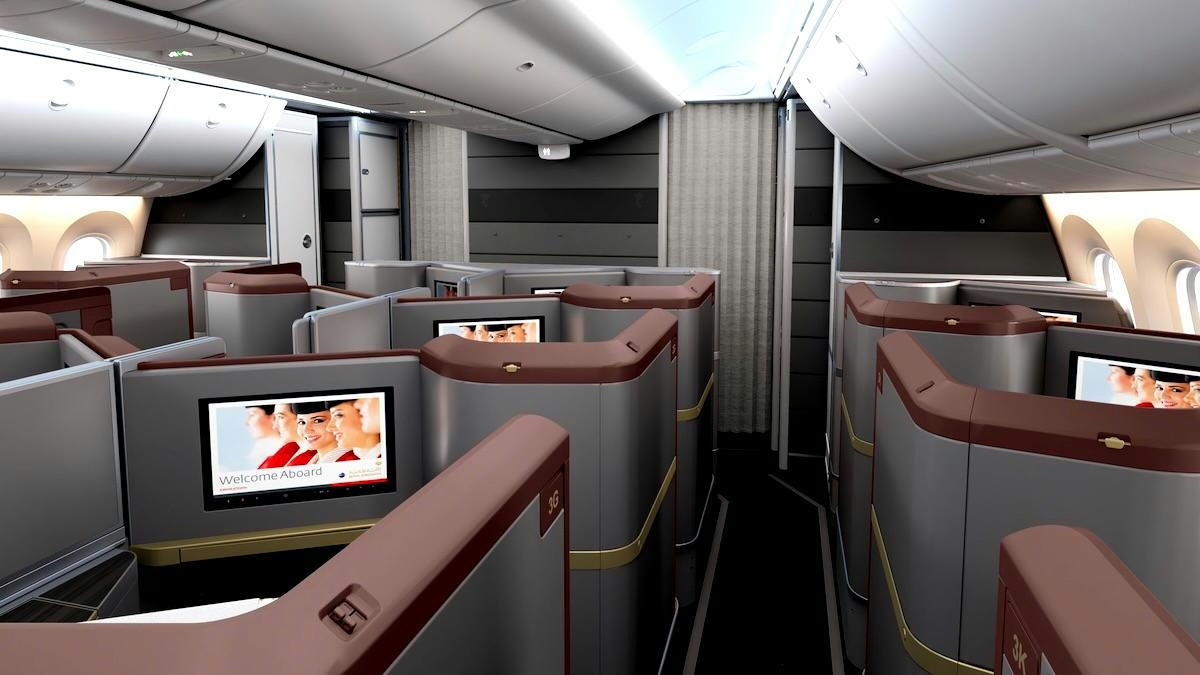
Royal Jordanian to Refurbish Boeing 787-8 Fleet
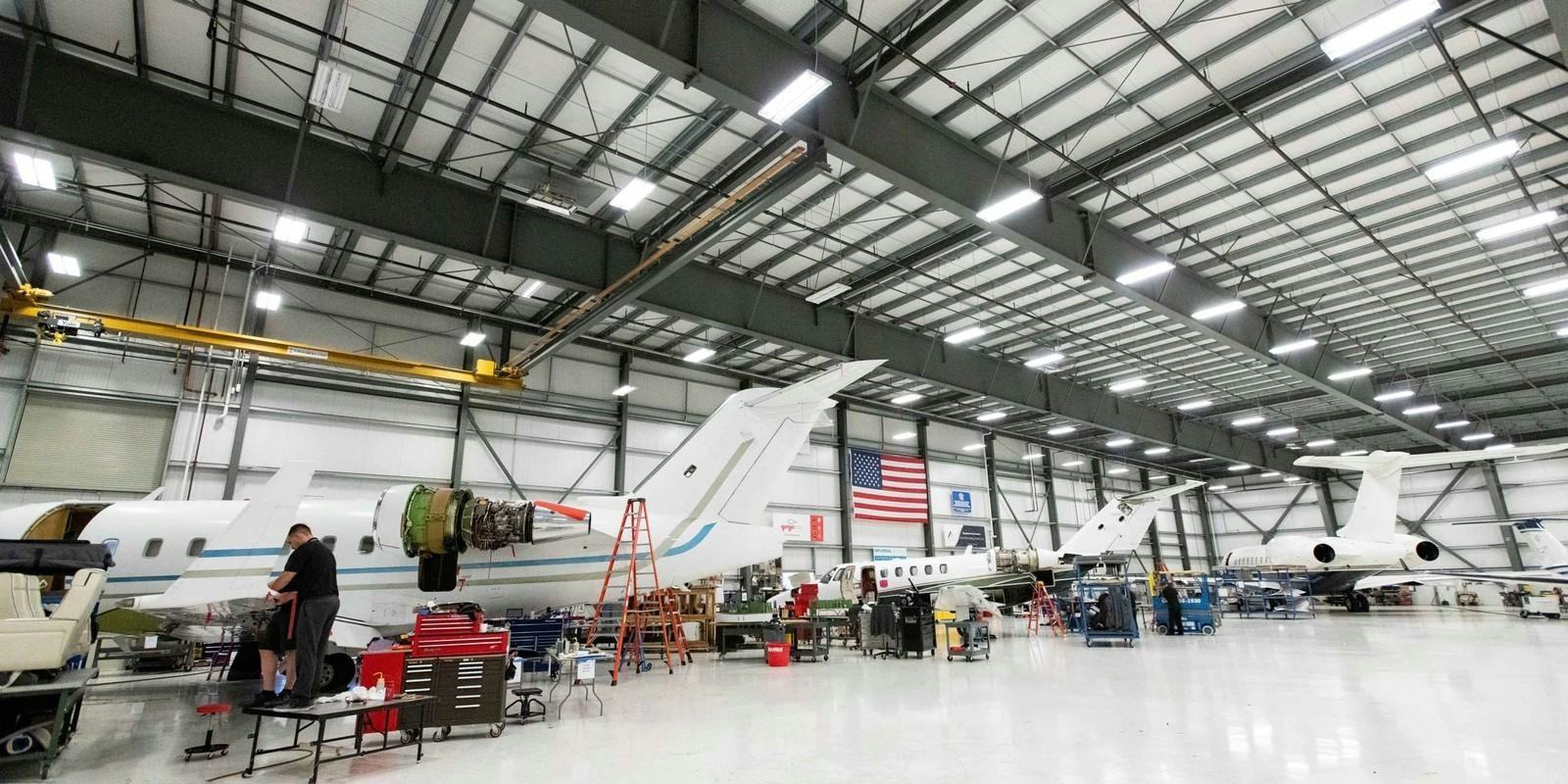
Expert Calls for Policy Reform to Boost Local MRO Investment and Reduce $1 Billion Maintenance Costs
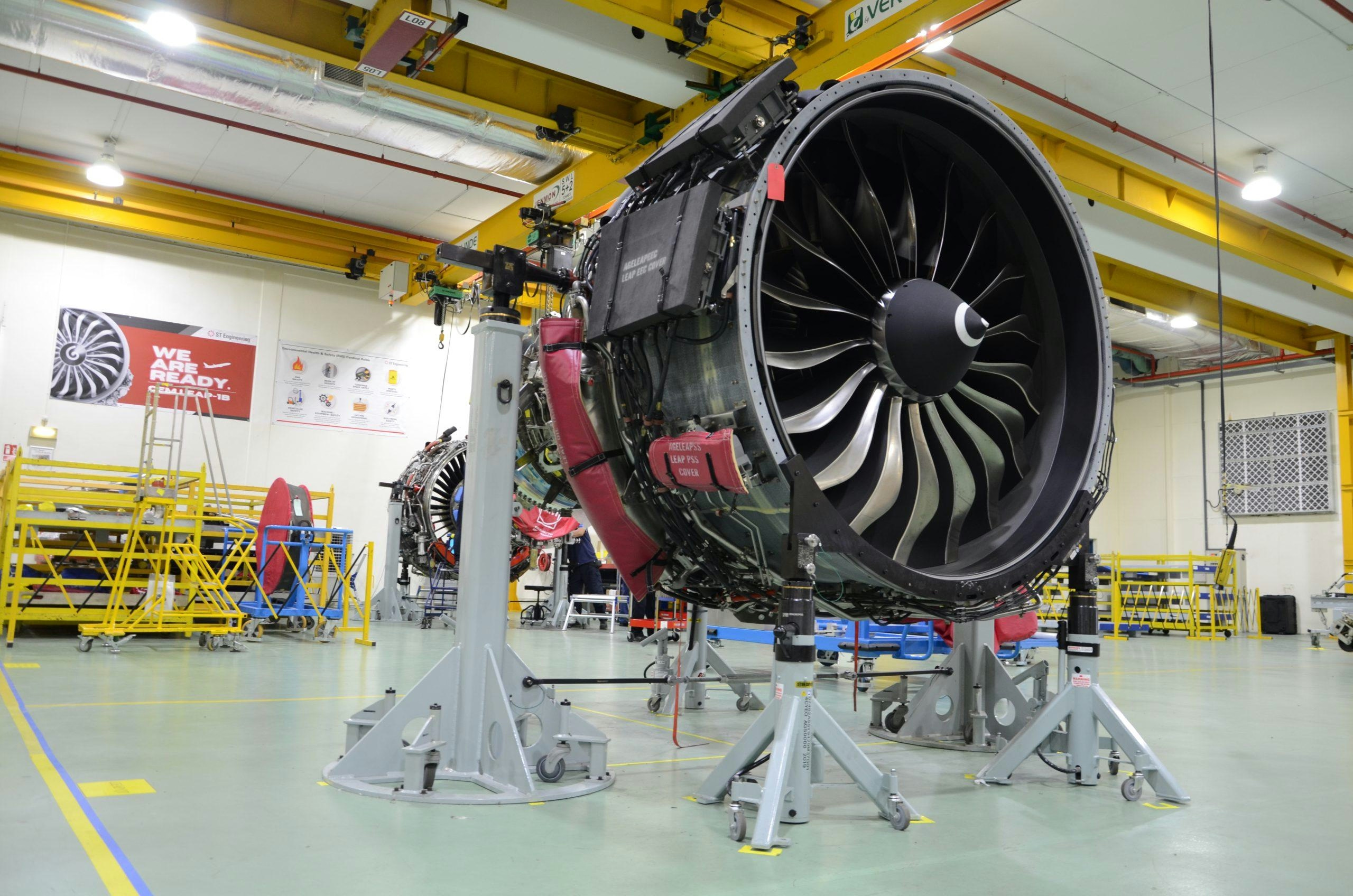
MRO Update: October 21, 2025
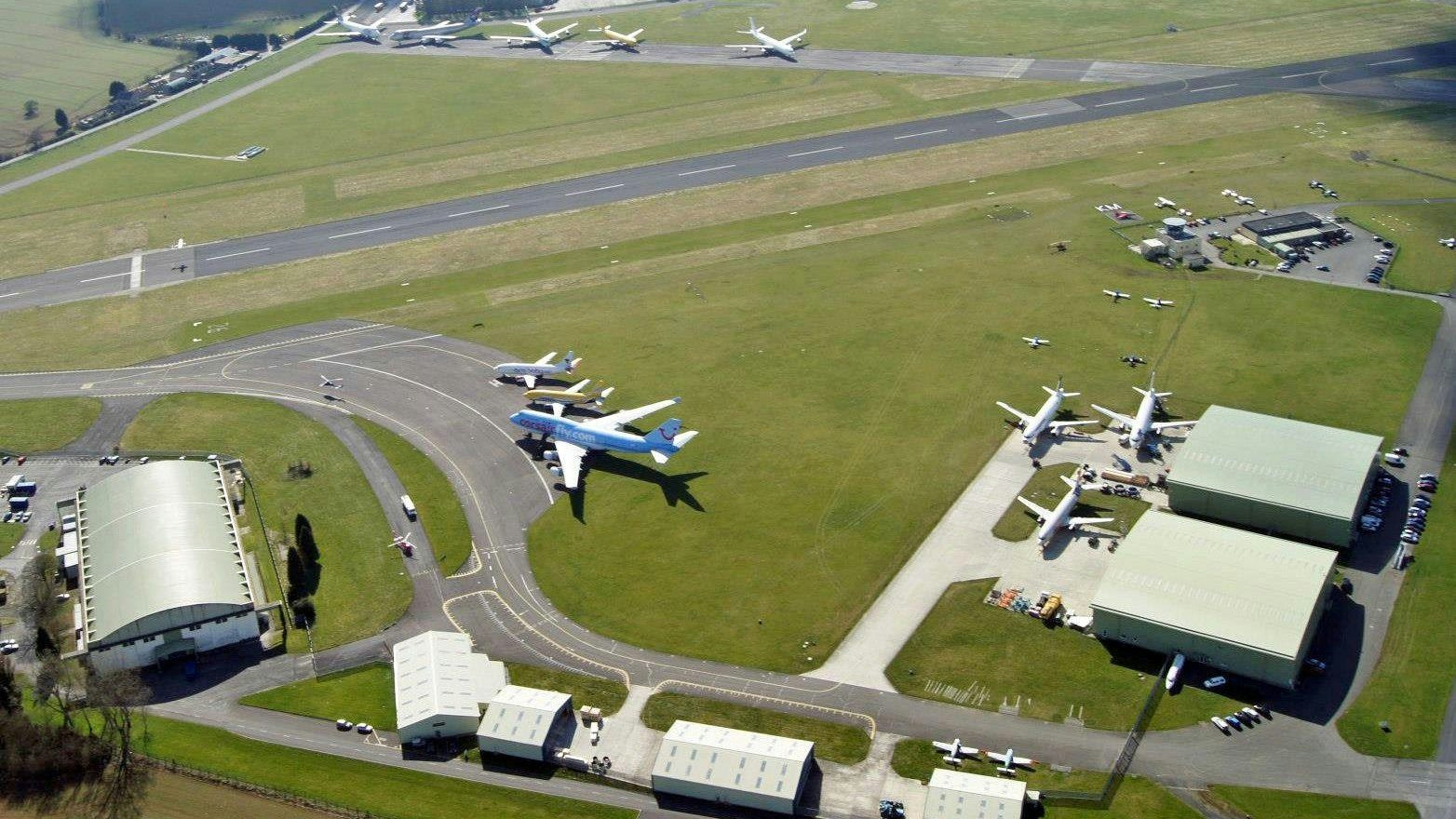
Young Aircraft Retired Early for Engine Salvage
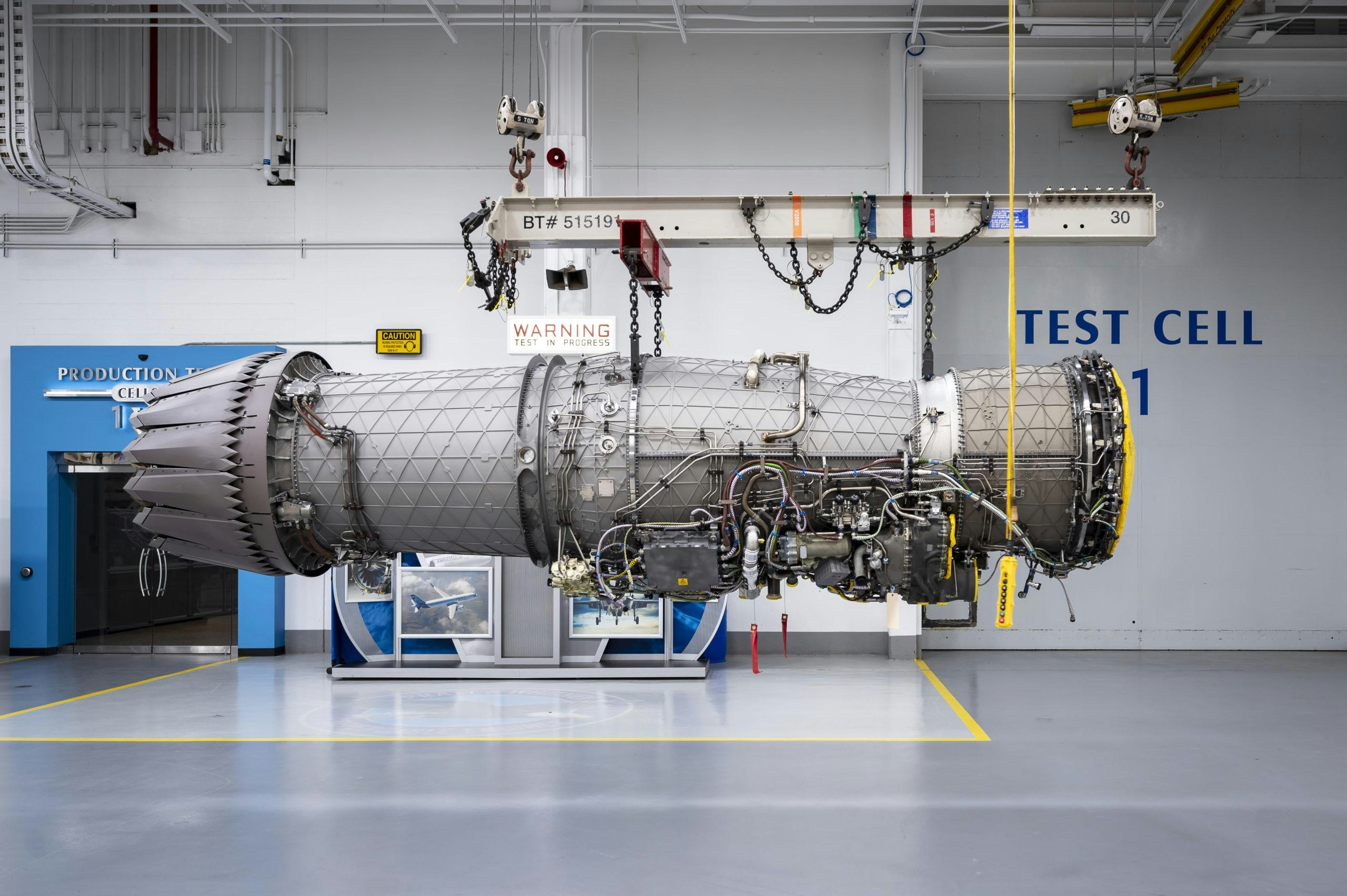
Data Centers Adopt Aviation Engines for Power Generation
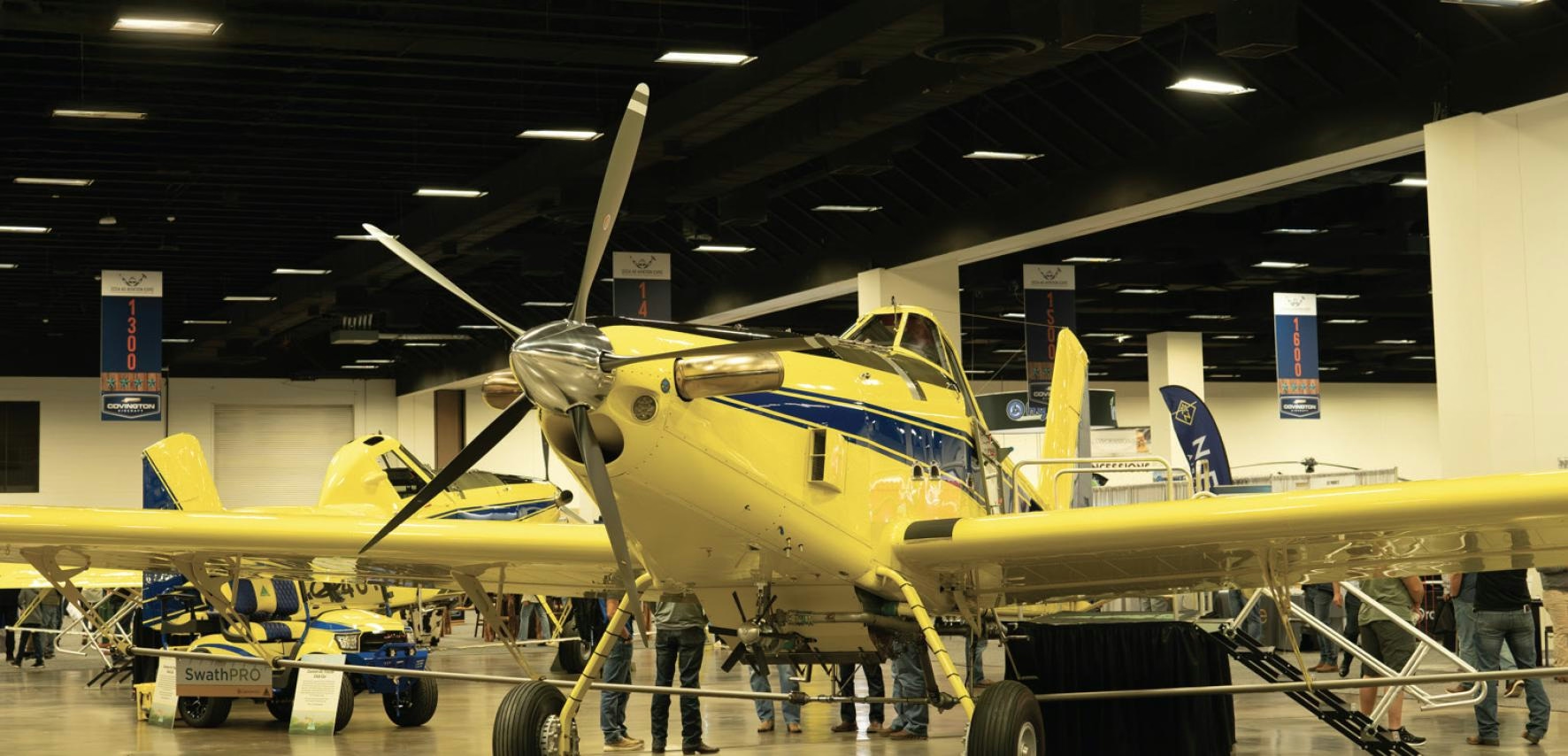
Turbine Conversions Ltd. Marks 35 Years in Ag Aviation and 25 Years of Single Point Fueling
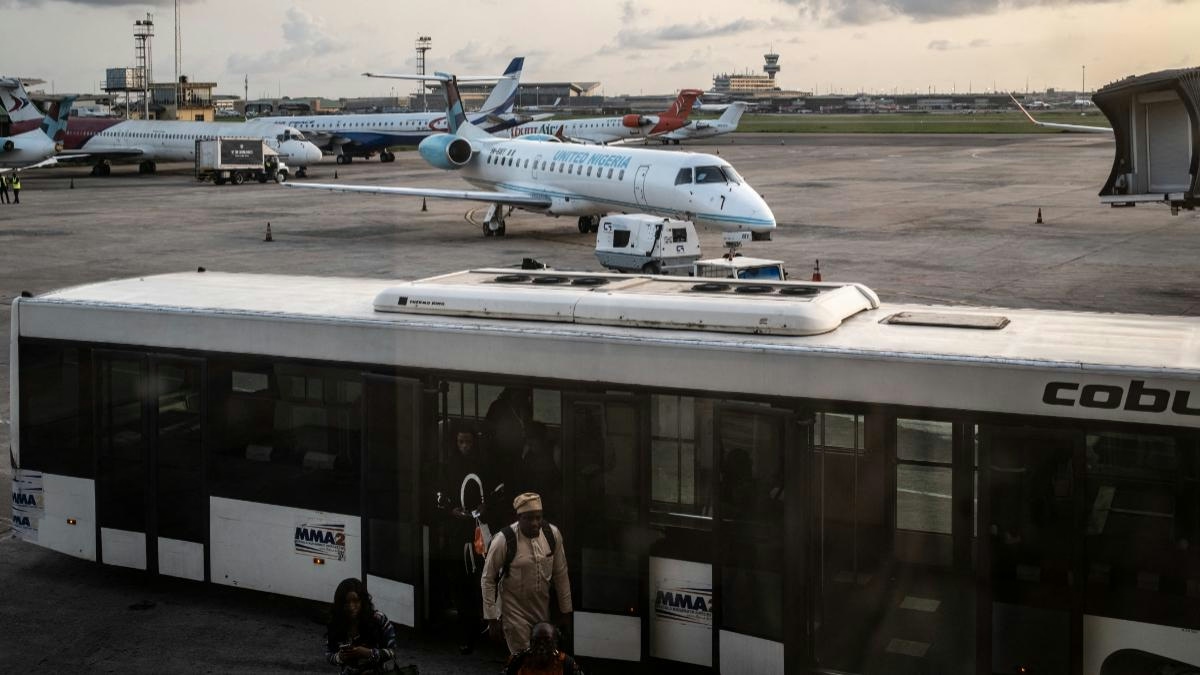
Brazilian, Chinese, and UK Airlines Target Nigerian Domestic Market for Expansion

Archer Aviation Expands Partnership with Korean Air

Ghana's Century Aviation Plans Air Taxi Service with C408 Aircraft
